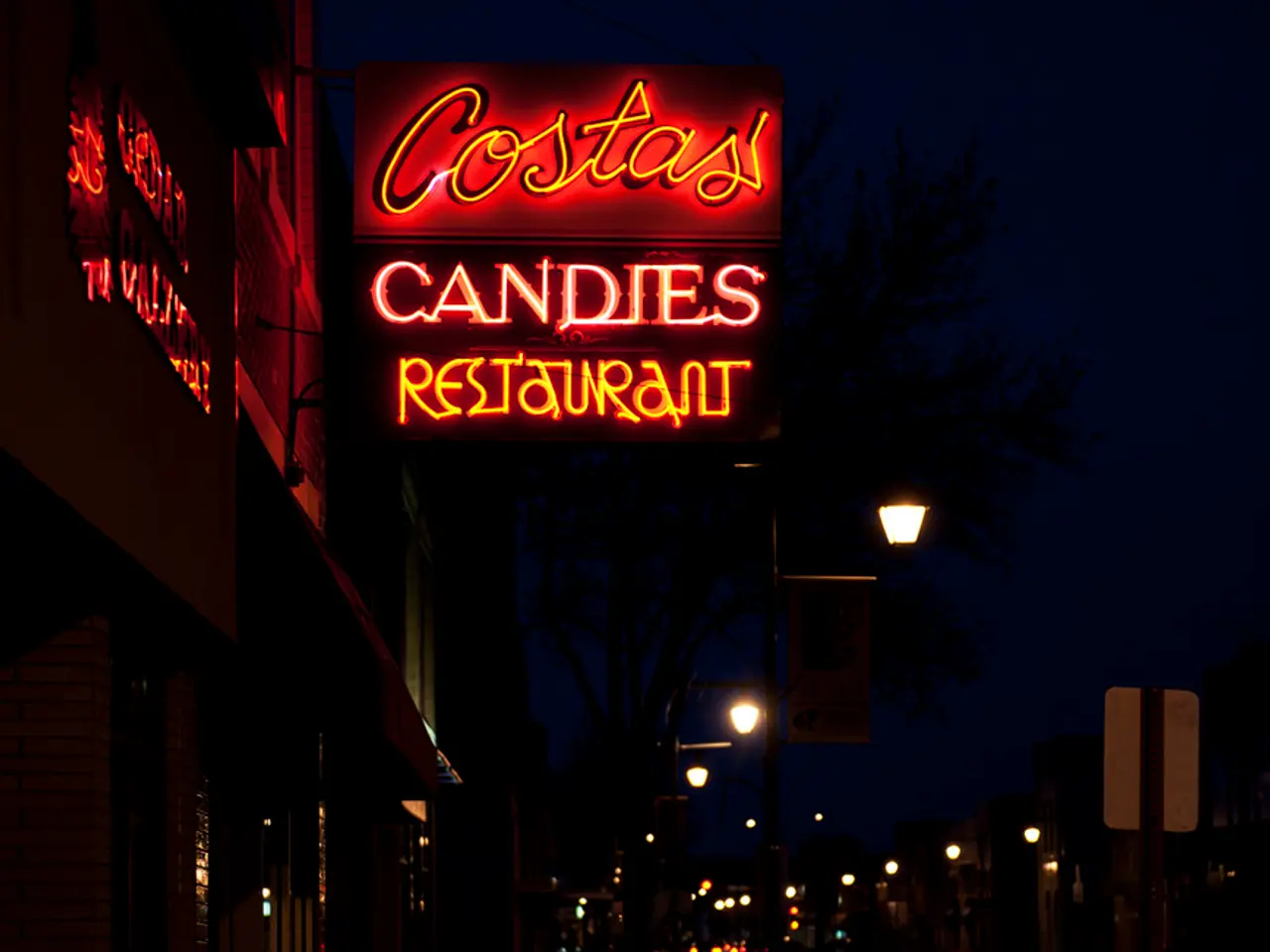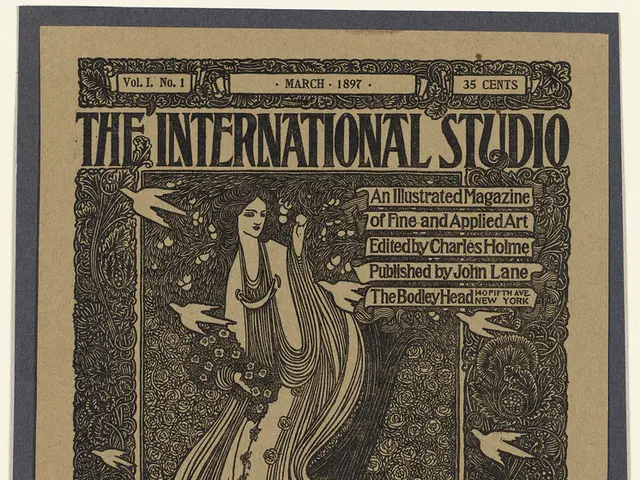Lübeck's Historic Dog Street Revitalized: Doorways at Houses No. 12 and 35 Restored
Dog Street in Lübeck, a historic gem, has seen its doorways at houses No. 12 and 35 beautifully restored in 2010, thanks to the support of the Possehl Foundation and Lübeck's monument protection. This street, steeped in medieval history, offers a harmonious blend of past and present.
Dog Street's origins date back to Lübeck's medieval town planning, serving as a rib street in the Jakobi quarter. Its name, 'Dog Street', translates from Middle Low German 'Hundestrate', but its exact origin remains unclear, with theories linking it to the former St. Catherine's Monastery.
Once a 'poor people's quarter', the lower part of Dog Street was revitalized during late 20th-century old town renovations. Today, it stands as a successful integration of historic charm and modern life, with small-scale residential use and preserved historic buildings. The street's doorways, including those at houses No. 12 and 35, are witnesses to Lübeck's building and social history, contributing to its unique atmosphere.
First mentioned in 1263 and 1289, Dog Street is one of Lübeck's oldest streets. It is home to several historic passages and courtyards, such as the Kalands Gang, which served as connections between houses in the medieval cityscape.
Dog Street's restoration project in 2010, supported by the Possehl Foundation and Lübeck's monument protection, ensures the preservation of its historic doorways. This street continues to captivate with its rich history and successful integration of modern life, making it a cherished part of Lübeck's heritage.






